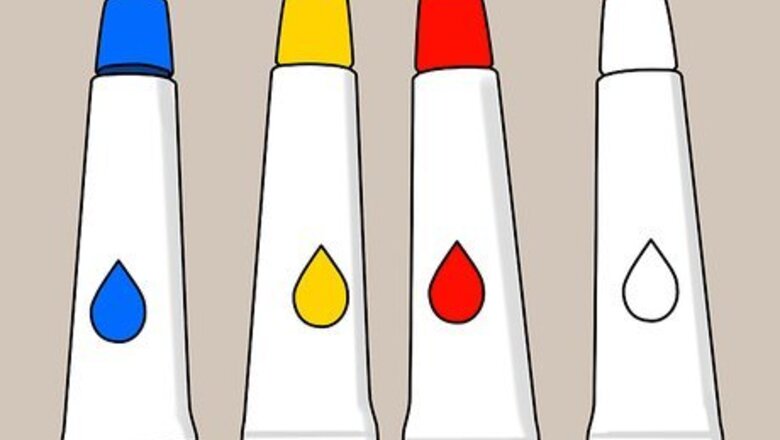
views
Creating Light Skin Tones
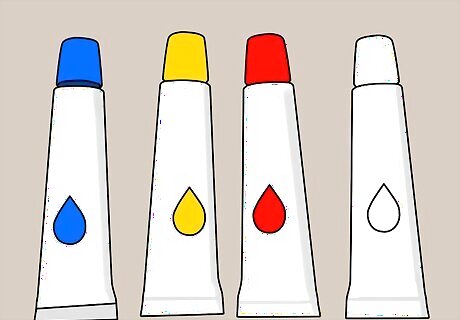
Gather a set of paint colors. You'll need to experiment with several colors of paint. For basic light skin, collect the following colors: Red Yellow Blue White

Assemble your colors. Use a mixing palette or whatever surface you have available. A good alternative to a mixing palette is a sturdy piece of cardboard. Create a blob of each color onto your palette.
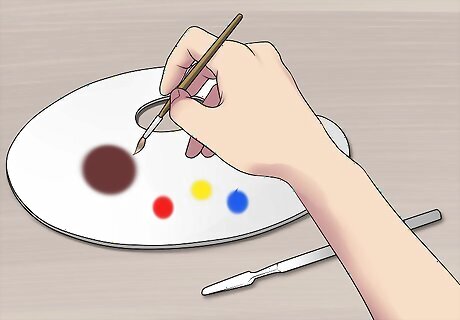
Mix an equal part of each. Using your brush, mix an equal portion of red, yellow, and blue. Clean your brush in a cup of water after gathering each color. Mix together the three primary colors to create the base. The result should look dark, but that is what you are aiming for. It is easier to lighten the tone.
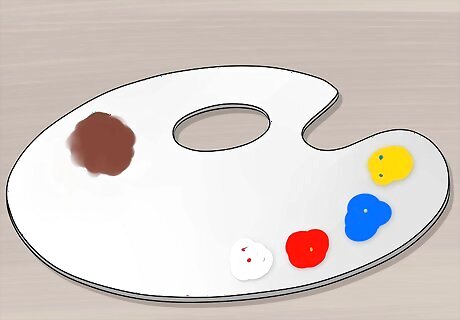
Compare colors. Have the prospective skin tone that you are trying to emulate nearby. Compare the base you've created with the tone you are shooting for. If you're using a photograph, be aware of the lighting from the photo.
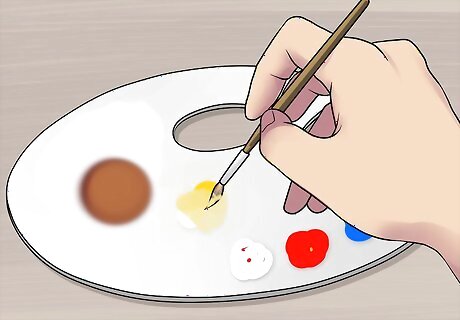
Lighten the color. If you need to make adjustments to lighten your base, use a combination of yellow and white. White will simply lighten your base, and yellow will create a warmer tone. Add small portions of paint to the mixture. Fully mix the colors together before adding more.
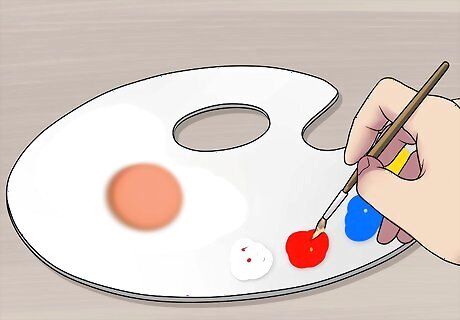
Add reddish tones. Use the same process of lightening the base, this time using red. If you've already achieved the desired color, skip this. Be aware of the red qualities in the skin tone you're looking at. Red will sometimes occur more sporadically in skin tones. Don't add too much, unless you're aiming to create a sun burn.
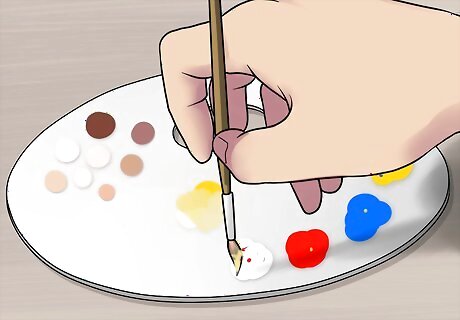
Continue making adjustments. Pay attention to the color you are trying to reach. Adjust in small increments. You might have to start over if you get the color too far off. If it gets too light, add red and blue bit by bit. Create multiple skin tones and use the most similar for your painting.
Making Mid-Range Skin Tones
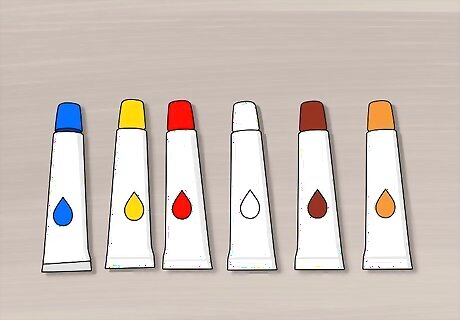
Gather a set of paint colors. You'll need to experiment more with combinations because mid-tone skin contains more color variations. Have the following colors handy: Red Yellow Blue White Burnt Umber Raw Sienna
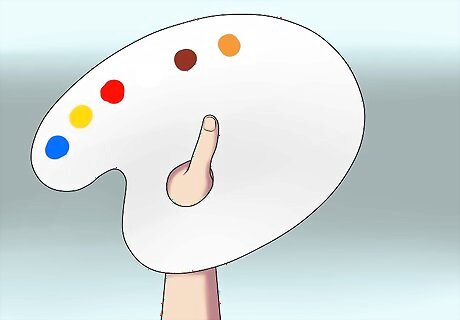
Assemble your colors. Use a mixing palette or whatever surface you have available. A good alternative to a mixing palette is a sturdy piece of cardboard. Create a blob of each color onto your palette.

Mix red and yellow. Create an orange color by mixing equal portions of red and yellow. Clean your brush after gathering each color in a cup of water.
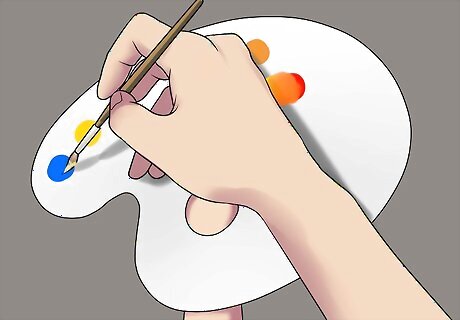
Add blue. Slowly mix in blue paint, in small increments. Depending on how dark you are aiming for, consider using a very small amount of black paint.
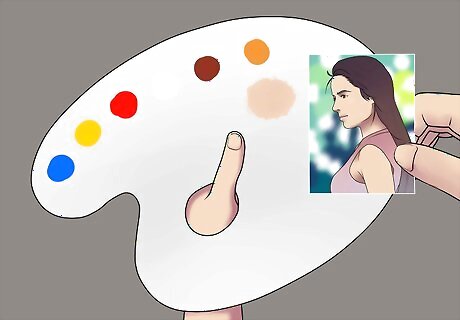
Compare colors. Have the prospective skin tone that you are trying to emulate nearby. Compare the base you've created with the tone you are shooting for. If you're using a photograph, be aware of the lighting from the photo.

Add red as needed. Add small amounts of red if needed at all. It's always easier to add in small amounts than to start from scratch.
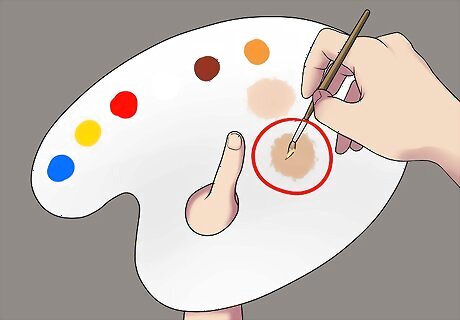
Create a darker olive tone. Mix equal parts of burnt umber to raw sienna. This combination will create a darker concentrate. Slowly add this mixture to your base as you see fit. Use this combinations as an alternative to blue. For a greater olive effect add the smallest amount of yellow mixed with green.

Experiment until you're satisfied. Keep creating different colors until you have about five different skin tones that you like. It might be easier for you to have a few colors to choose from then limiting yourself to one.
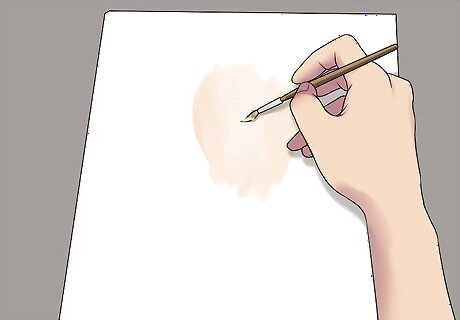
Paint your picture. Use the color or colors you've created as a skin tone for your painting.
Creating Dark Skin Tones
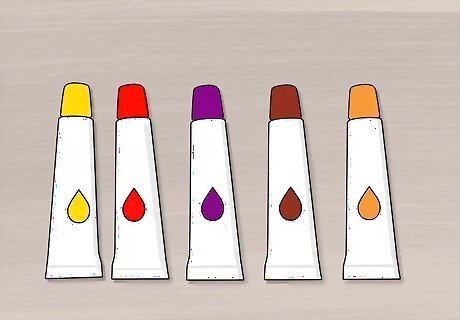
Gather a set of paint colors. This process will take a bit of experimentation to create the most realistic color. Collect the following colors for your palette: Burnt Umber Raw Sienna Yellow Red Purple
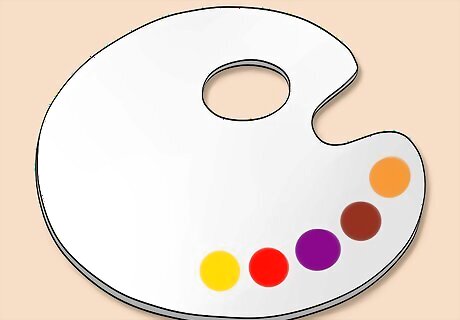
Assemble your colors. Use a mixing palette or whatever surface you have available. A good alternative to a mixing palette is a sturdy piece of cardboard. Create a blob of each color onto your palette.

Make your base. Mix equal parts of burnt umber and raw sienna. Separately mix equal parts of red and yellow together. Then slowly add your red and yellow mixture to the other mixture.
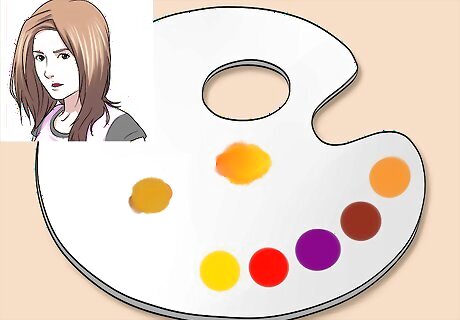
Compare colors. Have the prospective skin tone that you are trying to emulate nearby. Compare the base you've created with the tone you are shooting for. If you're using a photograph, be aware of the lighting from the photo.
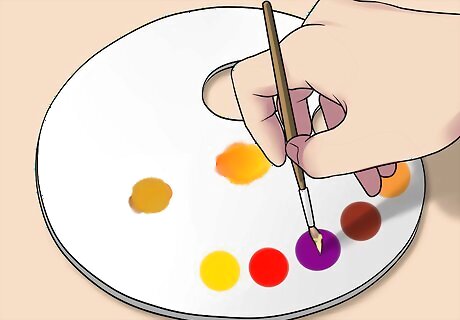
Create a darker skin tone. For darker skin, add small increments of purple. It's best to use dark purple. To create dark purple, add small amounts of either dark grey or black to the purple. Mix until you're satisfied. Black paint can ruin your base quickly. Use black paint in very small increments. Experiment to find your best mixture.
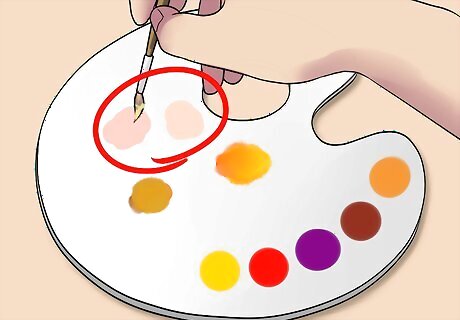
Create a warmer tone. For a dark skin tone that feels warmer, mix burnt umber instead of purple. Use small amounts of the mixture to gauge what color you're working with.
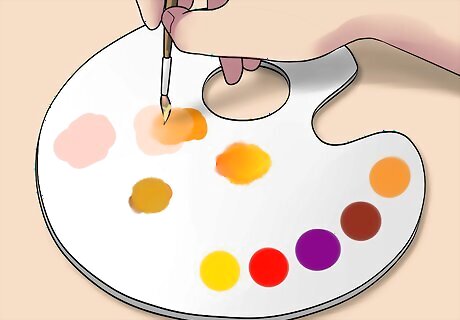
Lighten if necessary. You can lighten the color by adding orange. Orange will hold the realistic tone while lightening the color as well. You can mix yellow and red together to create orange. White paint will throw the colors off too much.
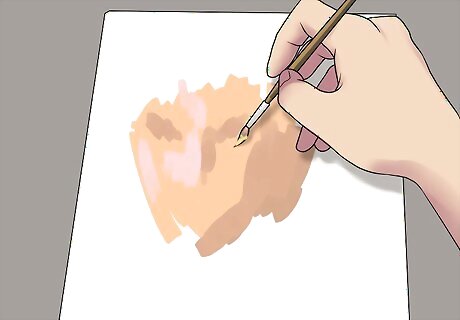
Paint your picture. After creating the desired skin tone, paint your picture. Keep gray around to adjust shadows and lighting. It'll also be convenient to keep multiple swaths of skin tones available for your painting.












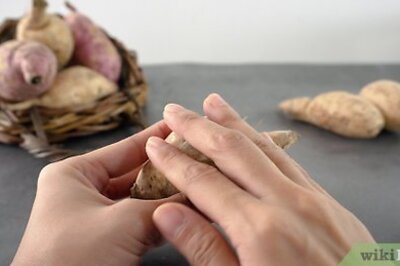

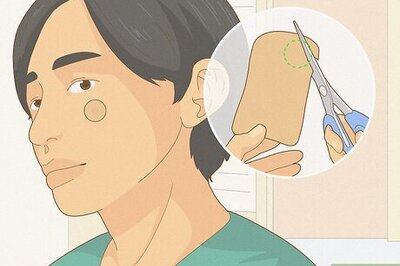




Comments
0 comment